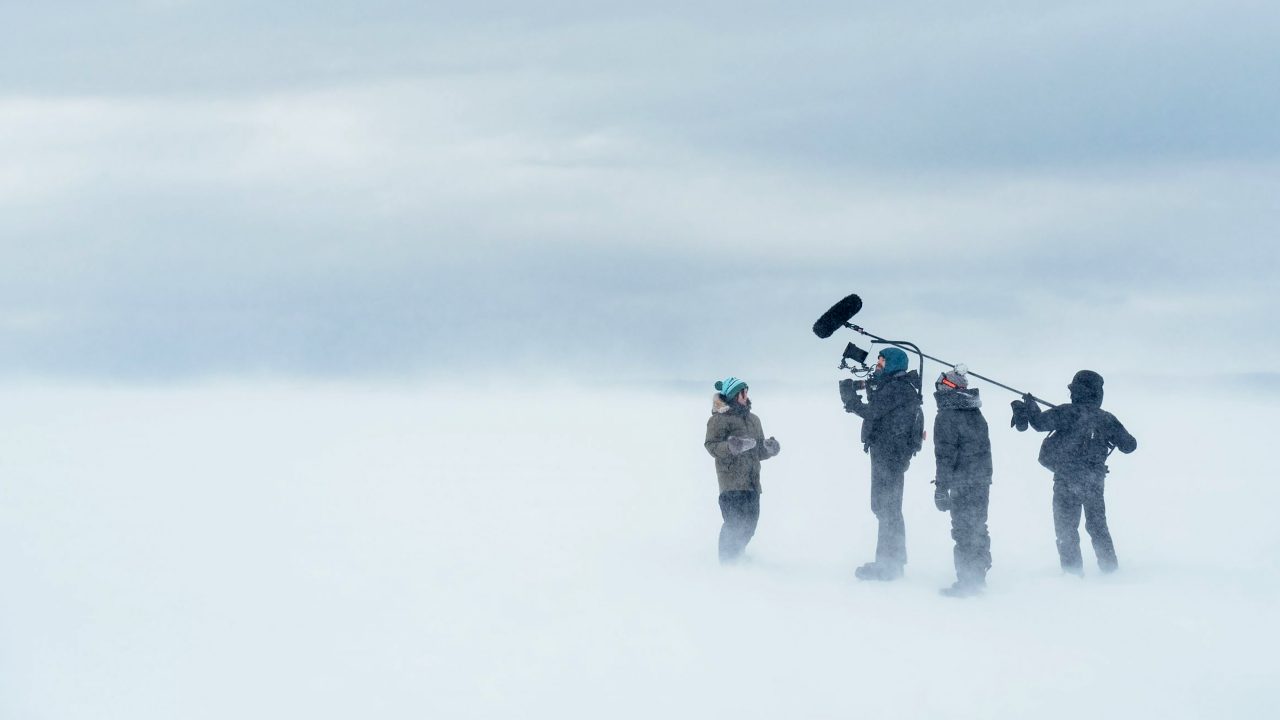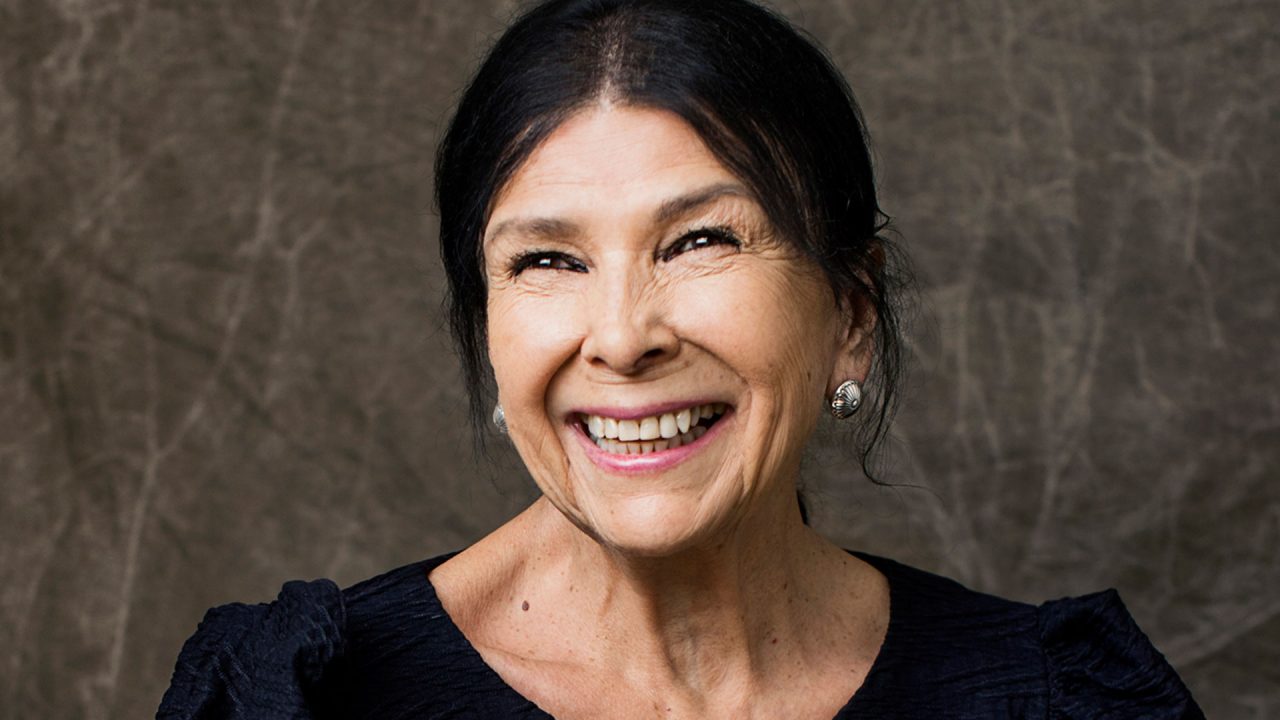
Mini-Lesson for Losing Blue
Mini-Lesson for Losing Blue
Mini-Lesson for Losing Blue
School Subjects:
- Science – Earth Science and Geology; Environmental Science
- Geography – Environmental Issues; Natural Resources; Physical Geography/Geology
- Civics/Citizenship – Federal/Provincial Government
Ages: 12+
Losing Blue, Leanne Allison, provided by the National Film Board of Canada
Keywords/Topics: Geology, Glaciers, Lakes, Light, Colour, Blue, Climate Change
Overarching Question: What causes the bright blue colour of Rocky Mountain lakes? As we risk “losing blue” due to climate change, what can we do to preserve it?
Educational Synopsis: Sapphire, electric blue, turquoise, cobalt, azure, aqua and emerald are all part of the incredible palette of lake colours in the Canadian Rocky Mountains. These colours reveal the intimate connection between land and water, highlighting the importance of glaciers to mountain lake ecosystems. Losing Blue tells the story of our unique Rocky Mountain lakes and why they are so very blue. It takes the viewer on a journey, establishing how rare blue is in nature (at least in things we can hold), describing the process that makes our lakes so vibrantly blue, and then cautioning that we are losing the very thing that makes these lakes blue. We are left to question what would happen if we “lose blue”? Can and should we try to save it?
Activity 1: I’m Blue
Before watching the film
Think, Pair, Share
Question: Where do we see the colour blue in nature?
Students will think of examples and record their ideas on their own, then collaborate with a partner to grow their list, and finally share ideas as a class.
Bonus questions:
- Why do we see colour?
- Certain wavelengths of visible light are reflected by coloured objects or scattered by physical structures and our eyes pick up these wavelengths and interpret them as colours.
- What does that tell us about the things we just listed that are blue?
- They reflect or scatter blue light, which our eyes pick up.
Summary:
True blue is the rarest colour found on our planet. We see blue in the ocean as water reflects blue light waves, but aside from that, blue can be very hard to find. A few flowers, insects, some rare amphibians and birds, that’s about all we have—and even in these cases, blue is often an illusion of light rather than a true pigment. Where we do see blue in nature, the colour often acts as a message—either to attract potential mates or to indicate that something is poisonous. Humans are kind of obsessed with blue—look at how often we use it in advertising, company logos and in decor. We love blue, and that might be because it is so rare in our natural world.
Go Deeper:
Blue Profile
Students will select an example from the brainstorming session or the film of something in nature that is blue. They will create a visual product showcasing their chosen blue entity and describing how it gets its blue colour (does it contain a blue pigment? Is it the result of light reflecting in a certain way?). Products could include infographics, posters, collages and mood boards. Students can be given a variety of choices for a product or directed to all use the same format. Canva for students is a great resource with a variety of easy-to-use templates.
Activity 2: Is Blue Worth Saving?
Watch clip: 13:03-15:03
Triangle Debate
Students will be divided into three teams: one team argues FOR conserving our blue lakes using public money, the second team argues AGAINST using public funds to conserve the lakes, and the third team will formulate questions to pose to each team to help keep the debate rolling. The instructor will preside over the debate**.
DEBATE QUESTION: Since blue is so special and unique, should public funds and resources be used to preserve the colour in our lakes?
Instructions:
- Pre-discussion: Ask the class the following questions, and allow for some discussion.
- What does conservation mean?
- Does conservation apply only to living things?
- Divide students randomly into three equal teams. Allow each group 5–10 minutes to do some quick research and prepare 1–2-minute opening statements (or questions for team 3).
- To start the debate, set each team up so they can all see each other (team 3 in the middle). Flip a coin to decide which team will open the debate. Then allow each group to make their opening statements without interruption.
- Proceed with responses and further arguments, sharing time appropriately. Team 3 should be given the opportunity to pose their questions throughout the debate.
**Make note of any interesting or controversial topics brought up for further discussion after the formal debate.
Suggested questions (for team 3):
- What negative effects will there be from the loss of blue lakes? Consider the ecological, political, social and economic implications.
- What will humanity lose if the lakes stop being blue?
- Is it acceptable to conserve something just because it is beautiful?
Summary:
Sadly, losing blue due to glacial loss is one of the large-scale consequences of human-driven climate change. It may not be as devastating as biodiversity loss or human habitat destruction, but it is still a loss worth recognizing. As glaciers melt and disappear, what else will we lose from our alpine areas? What living things will be affected, and how? What non-living things will be affected?
Activity 3: Exploring Blue
Watch clip: 4:02-5:27
Mini-Research Activity
Our lakes are blue because of glaciation, but what about other bright blue bodies of water on Earth? Is all blue the same?
Students will research why one of the following bodies of water is blue. They should try to find one or two credible sources that explain why these other bodies of water are bright blue, and summarize their findings to share with their classmates (a quick poster or slide would work well here, or a shared slideshow is a fun way to collect everyone’s findings).
Other blue bodies of water:
- Blue Lagoon, Iceland (volcanic silica from cooled lava);
- Crater Lake, Oregon USA (scattering of light by fine particles in the water);
- Caribbean Sea (plankton in the water reflecting blue light);
- Plitvice Lakes, Croatia (a combination of decomposing algae and fine particles of calcite suspended in the water release gases that react to produce an azure colour);
- Five Flower Lake, China (calcium carbonate and hydrophytes scattering light).
Optional: Compare and contrast the different causes of blue water. What similarities and differences are there between the bodies of water?
Summary:
There are many reasons a body of water can be bright blue. The colour of Rocky Mountain lakes is caused by only one of these unique processes. Our planet is a fascinating place, with so many complex interactions involved in the world as we experience it. Some of these amazing phenomena will be lost before we can ever explain them! This is one of many reasons scientists and explorers are so passionate about learning how our world works.
Alternate Activity 2/3: Journey to Blue
Watch clip: 4:02-5:27
Visual Representation of the Journey to Blue
Focus question: How do the Rocky Mountains become powdered rock particles that scatter light and cause our lakes to be blue?
Instructions:
While reviewing the clip that describes why Rocky Mountain lakes are blue, create a visual representation of the process. Follow a particle of dust as it is ground from rocks by a glacier and as it travels through streams to the lake in which it will finally rest.
Summary:
Stone from the mountains goes on a long journey to become the particles that scatter blue light in the lakes. These blue lakes tell a story of the connection between bedrock from the heart of the Earth, ancient ice, flowing water and dazzling light. We stand in awe of the beauty of these lakes, but must also recognize the larger story being told if we want to keep this unique phenomenon from fading to mere memory.
Take Action: A World Without: PSA
PSA Project
Losing Blue asks us to consider what our world will be like after the lakes stop being blue. This is one example of something that is being lost due to the effects of human-driven climate change, but it is certainly not the only example.
For this activity, students will choose something (such as a phenomenon, geological feature, weather pattern or species) that is in danger of disappearing due to climate change. They will imagine a world without this entity, research what can be and is being done to save it from being lost and create a visual PSA to share this information with their peers. Students can complete this activity alone or in small groups.
PSA format: students should choose a visual format for their PSA: video (as in a commercial), poster/pamphlet or other advertisement.
Part 1 – A World Without
After choosing a feature for their assignment, have the students imagine “A World Without __________.” What would the world look like if their chosen subject disappeared? What would change? How would humans and other species be affected? Encourage them to think outside the box and consider environmental, economic, social, political and aesthetic effects.
The words “A World Without” should be integrated into their PSA somehow.
Part 2 – Can We Save It?
Students will research their disappearing subject, focusing on what is being done and what can be done to save it. They should include information about active groups or organizations that can be supported or joined, individual actions people can take and government actions citizens should advocate for.
Part 3 – Public Service Announcement
For the final product, students will create a PSA that:
- informs about their disappearing subject;
- describes what would happen if their subject disappeared;
- describes actions that can be taken to save it.
They should integrate their ideas and research from parts 1 and 2 in their PSA.
The PSA can be a video ad, poster, pamphlet or advertisement (or another format they propose).
See a guide to making your own PSA here.
Additional Resource:
For more information, refer to this Science Backgrounder: https://mediaspace.nfb.ca/wp-content/uploads/Losing_Blue_Science_EPK_Final.pdf
Alyssa de Leon (she/her) is a secondary Science teacher near Edmonton, AB. She is inspired in work and play by all of the wonderful adventures that Alberta has to offer, and can be found hiking, rock climbing and stargazing when she’s not in the classroom. She shares her passion for the natural world with her students by connecting classroom science with real-world experiences, social and climate justice initiatives, and participating in local citizen-science activities.
Pour lire cet article en français, cliquez ici.
Discover more Mini-Lessons | Watch educational films on NFB Education | Watch educational playlists on NFB Education | Follow NFB Education on Facebook | Follow NFB Education on Pinterest | Subscribe to the NFB Education Newsletter



